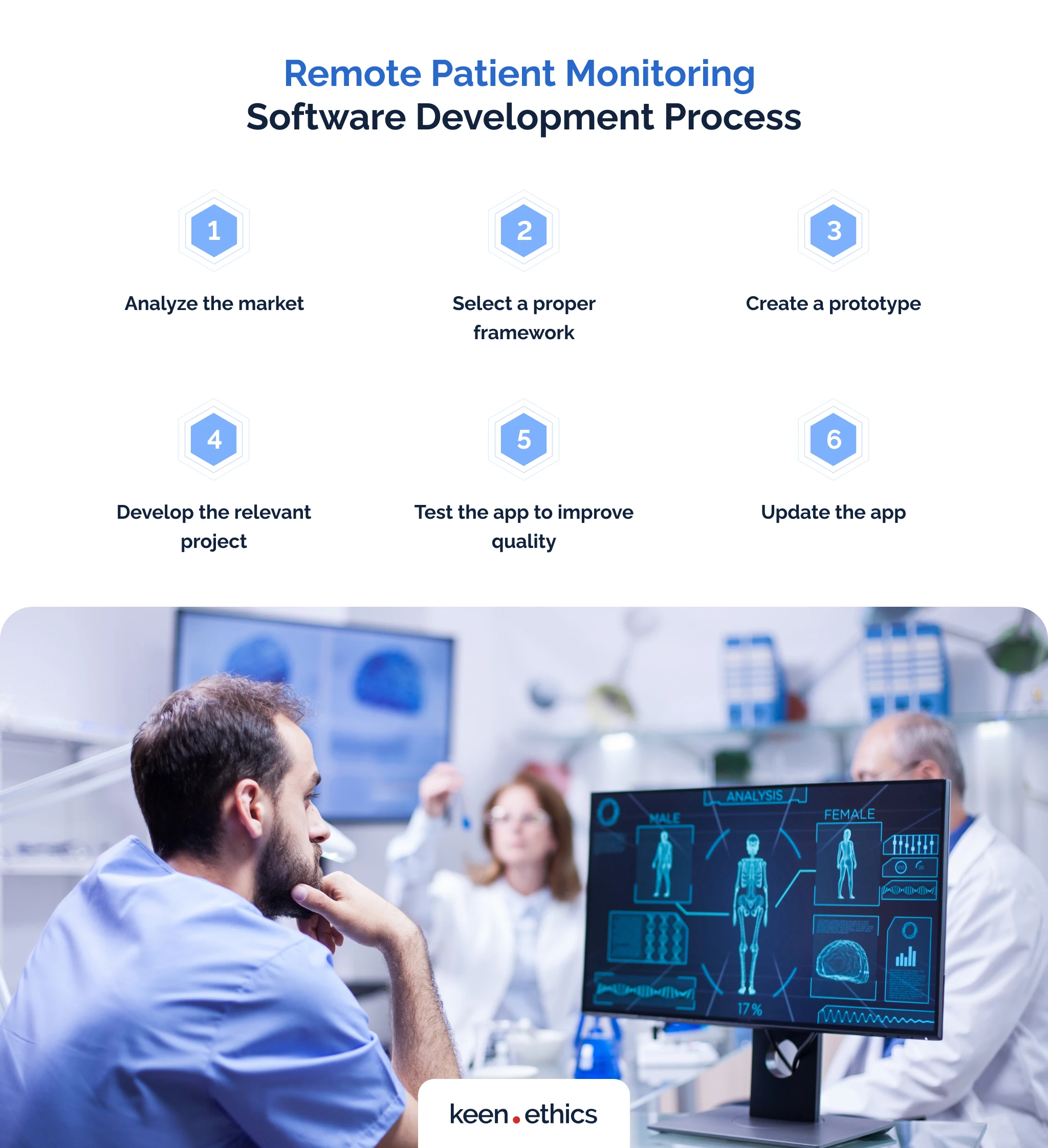The Future of Health Care: Remote Individual Monitoring Simplified
As health care proceeds to develop, one area that holds enormous guarantee is remote client monitoring. With an emphasis on boosting individual results and enhancing health care shipment, remote monitoring is positioned to change the market.
Benefits of Remote Person Tracking
Remote client tracking offers a wide range of advantages for both health care providers and people alike. Furthermore, remote individual monitoring enhances the general quality of treatment by giving a more detailed and all natural sight of patients' health and wellness condition past traditional in-person gos to.
Moreover, remote individual surveillance can bring about improved patient results and satisfaction. Clients can enjoy the comfort of receiving care in the comfort of their own homes while still knowing that their wellness is being very closely monitored. This can lead to enhanced patient involvement and adherence to therapy plans, inevitably bring about better health and wellness outcomes. Additionally, remote tracking can minimize the requirement for regular health center visits, lowering health care expenses for both individuals and carriers. On the whole, the benefits of remote client monitoring are clear, making it a valuable tool in modern healthcare distribution.
Innovation Driving Remote Surveillance
In the realm of modern health care, technological innovations play a critical duty in driving the development and performance of remote client monitoring. The integration of innovative innovations such as wearable gadgets, mobile applications, and cloud-based platforms has actually reinvented the method doctor from another location check and handle individual wellness - remote patient monitoring platform. These modern technologies allow continuous real-time surveillance of crucial signs, medication adherence, and other essential wellness data, enabling timely treatments and customized care plans
One secret innovation driving remote surveillance is the Internet of Things (IoT), which allows seamless connection between medical gadgets and health care systems. IoT tools such as smartwatches and cordless sensing units transmit and collect client data to central systems, assisting in remote surveillance from throughout the globe. Expert system (AI) and machine learning algorithms better enhance remote surveillance by assessing substantial quantities of person information to identify patterns, forecast wellness fads, and sharp health care suppliers to possible problems.
Influence On Healthcare Delivery
With the integration of innovative innovations driving remote individual surveillance, the influence on healthcare delivery is coming to be transformative and increasingly profound. Remote person tracking allows medical care companies to use even more tailored and proactive like patients, resulting in improved health and wellness outcomes and lowered health center admissions. By remotely tracking important indications, signs, and medication adherence, health care specialists can step in early, avoiding difficulties and improving the overall high quality of care.
Additionally, remote monitoring enhances access to medical care solutions, especially for people in rural or underserved areas. Individuals can receive constant surveillance and support from their homes, eliminating the need for regular in-person brows through. This not just saves time and lowers prices for both people and health care facilities but additionally reduces the threat of exposure to contagious diseases, an essential consideration in the present health care landscape.
In addition, remote patient tracking makes it possible for healthcare companies to far better focus on and allot sources care based on real-time data. By determining risky people and interfering promptly, healthcare distribution becomes more efficient and efficient, eventually bring about an extra lasting and patient-centered medical care system.
Improving Person Results

Additionally, RPM permits positive management of persistent problems, decreasing the chance of acute exacerbations and healthcare facility readmissions. People benefit from enhanced convenience and comfort, as they can obtain care in their own homes while remaining linked to their doctor. This continual tracking not just enhances patient satisfaction yet likewise cultivates a feeling of empowerment and interaction in their very own health and wellness monitoring.
Future Trends in Remote Tracking
Embracing sophisticated innovations in remote patient surveillance is shaping the future landscape of healthcare delivery. The future patterns in remote monitoring are anticipated to revolutionize the means medical care is supplied, making it more effective and patient-centric. One considerable fad is the raised use wearable devices and sensing units to collect real-time data, enabling medical care companies to monitor people continually without the demand for frequent in-person sees. These devices can track important indicators, medication adherence, and task levels, offering a detailed sight of the client's health and wellness condition.

In addition, telehealth systems are becoming much more advanced, permitting digital consultations, remote diagnosis, and remote patient keeping an eye on done in one integrated system (software for remote patient monitoring). This alternative technique to remote tracking is streamlining healthcare delivery, enhancing person complete satisfaction, and ultimately, boosting general high quality of care
Conclusion
In verdict, remote person monitoring uses numerous benefits in healthcare delivery, driven by developments in modern technology. It has the prospective to boost person end results and revolutionize the means healthcare is delivered. Future fads in remote surveillance will remain to shape the landscape of healthcare, providing possibilities for even more customized and software for remote patient monitoring efficient client care.
Remote person monitoring provides a plethora of benefits for both healthcare providers and individuals alike. Furthermore, remote patient surveillance enhances the total quality of care by supplying a more thorough and alternative view of people' health and wellness condition beyond standard in-person sees.
Moreover, remote client tracking can lead to enhanced client results and fulfillment. Remote individual monitoring enables health care providers to use even more personalized and positive treatment to clients, leading to boosted health and wellness outcomes and minimized hospital admissions. Remote person surveillance (RPM) plays a substantial function in enhancing client outcomes by supplying continual, real-time information that allows medical care providers to step in immediately and readjust therapy plans as required.